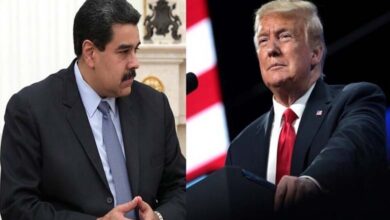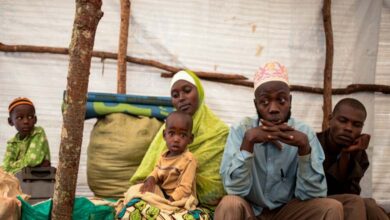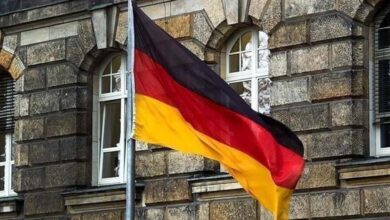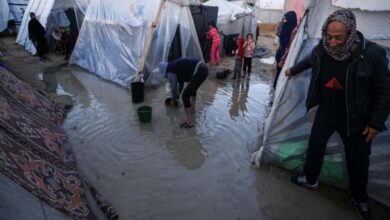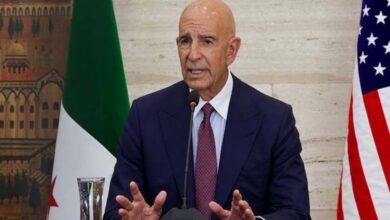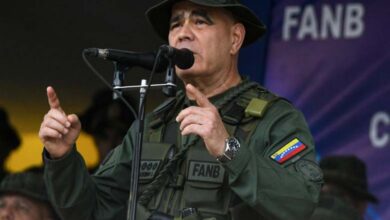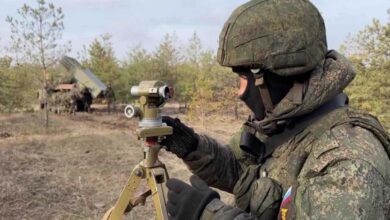The Deadly Sparkle: A Booby-Trapped Geography in Congo’s Kivu Region
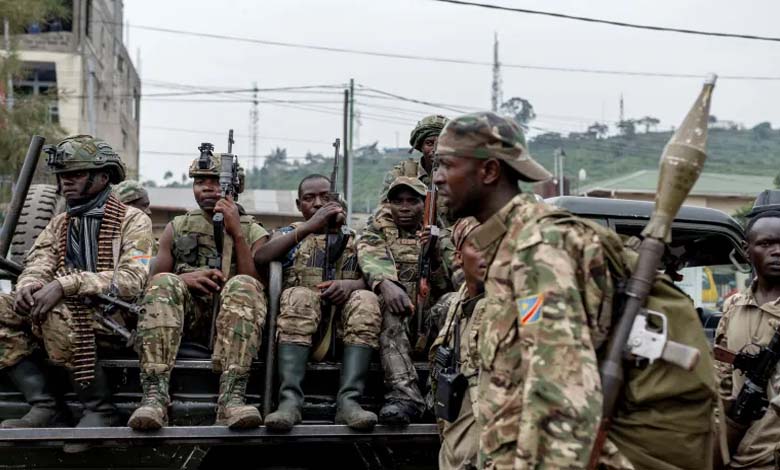
Whenever the earth glistens and reveals its treasures, conflict intensifies — turning blessings into curses, and shimmer into explosive powder.
-
Crisis in Eastern Congo: Official Moves Against Kabila and Hope for Peace with Rwanda
-
“Gaps on the Frontlines”… Military Trials in the Democratic Republic of the Congo
This is precisely what’s happening in the eastern Democratic Republic of Congo, particularly in the provinces of North and South Kivu. Despite the multitude of actors and causes involved, the core issue remains constant: the battle for control over mineral wealth.
In this region — rich in gold, coltan, tin, and even tantalum — daily gunfire and violent clashes have persisted for decades. Beneath this chaos lies a deeper structure: a parallel economy, both visible and covert geopolitical interests, and complex power dynamics that often benefit local armed groups and global smuggling networks.
-
Ota Benga: The Congolese Man Who Exposed the “Cage of Racism”
-
Crisis in Eastern Congo: Will Dar es-Salaam Silence the Guns?
Minerals at the heart of the conflict
The minerals fueling most of the conflict in the Kivu provinces are gold and the so-called “3Ts” — tin, tantalum, and tungsten — and to a lesser extent, colored gemstones. Among them, gold holds a central place.
According to Christoph Vogel, a researcher on conflict dynamics in Central Africa, speaking to Radio France Internationale (RFI), gold’s value far exceeds that of other minerals, especially because it becomes untraceable once smelted — making it a perfect tool in war economies.
Zobel Behalal, an expert with the Global Initiative Against Transnational Organized Crime, notes that 750,000 kilograms of gold are illegally extracted every six months in South Kivu and sent to neighboring countries, particularly Rubavu, for refining.
-
What is happening in the Democratic Republic of the Congo?
-
Arming Dynamics of Extremist Groups in the African Sahel: What Is the Source of Their Arsenal?
He adds that the price per gram, which was $40–50 a few years ago, has nearly doubled to $80–100, driven by high demand from Ugandan buyers in the region.
Vogel urges caution, stating that the connection between minerals and violence still requires deeper scientific analysis. For example, the involvement of the M23 rebels in mining operations has evolved over time: minimal between 2021 and 2023, but increasing after they took control of Rubaya, a well-known coltan mining area.
In this zone, armed groups also profit from taxing alcohol and roads, but gold remains, according to experts, the most profitable, mobile, and in-demand commodity.
-
Increase in terrorist organization crimes since the beginning of 2025… What are the details?
-
Ramadan “Under Fire”… Bukavu in the DRC “Suffocates”
Global repercussions of the conflict
Regardless of where a conflict erupts — especially when it revolves around natural resources — its consequences inevitably affect the entire world.
The ongoing conflict in Kivu threatens to disrupt global supply chains of strategic minerals. A telling example is the Bisie tin mine in Walikale, which accounted for 6% of global production in 2024.
Its temporary shutdown following the takeover by a coalition of Moro Liberation Front and M23 rebels sparked market tensions. The operator, Alphamin, suspended operations but resumed them after the militants withdrew — illustrating the critical link between local security and global economic stability.
-
The Strongman of ISIS is a Mysterious Somali Financier… Learn About Him
-
One Year After the Gabon Coup: What Has Changed?
Behalal maintains that “the market doesn’t recognize war,” emphasizing that mineral flows persist even amid armed conflict.
He points to Manguredjipa, a town in the Lubero region of North Kivu, where gold now sells for $100 per gram — driven by relentless international demand.
-
Report: Counterfeiting Money is One of the Methods Used by Terrorist Groups to Finance Their Activities
-
Is South Africa the Financial Hub for ISIS in Africa?
Paths toward resolution
Behalal argues that the key lies not just in traceability, but in regional cooperation and mutually beneficial contracts between governments and economic players.
He stresses the need to involve Congolese, Chinese, and Indian trading networks, which currently dominate the mineral supply chain. According to him, these parallel economies should be formalized and integrated into the mainstream economy through regulation and coordination with transit countries like Rwanda, Uganda, Burundi, and Tanzania.
Experts also advocate for a comprehensive regional approach to resolving the conflict, regulating mining operations, and cutting off funding sources for armed groups.


